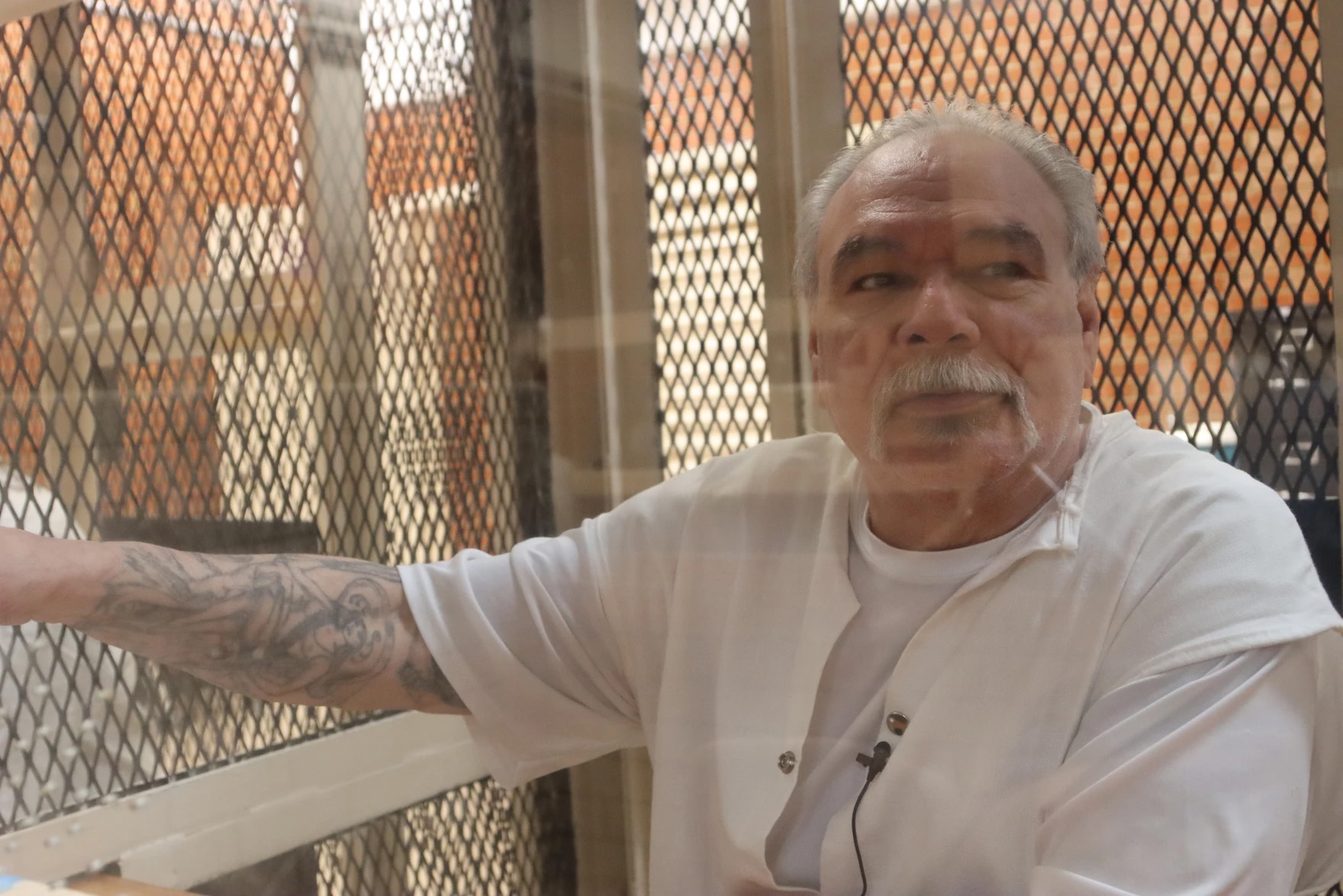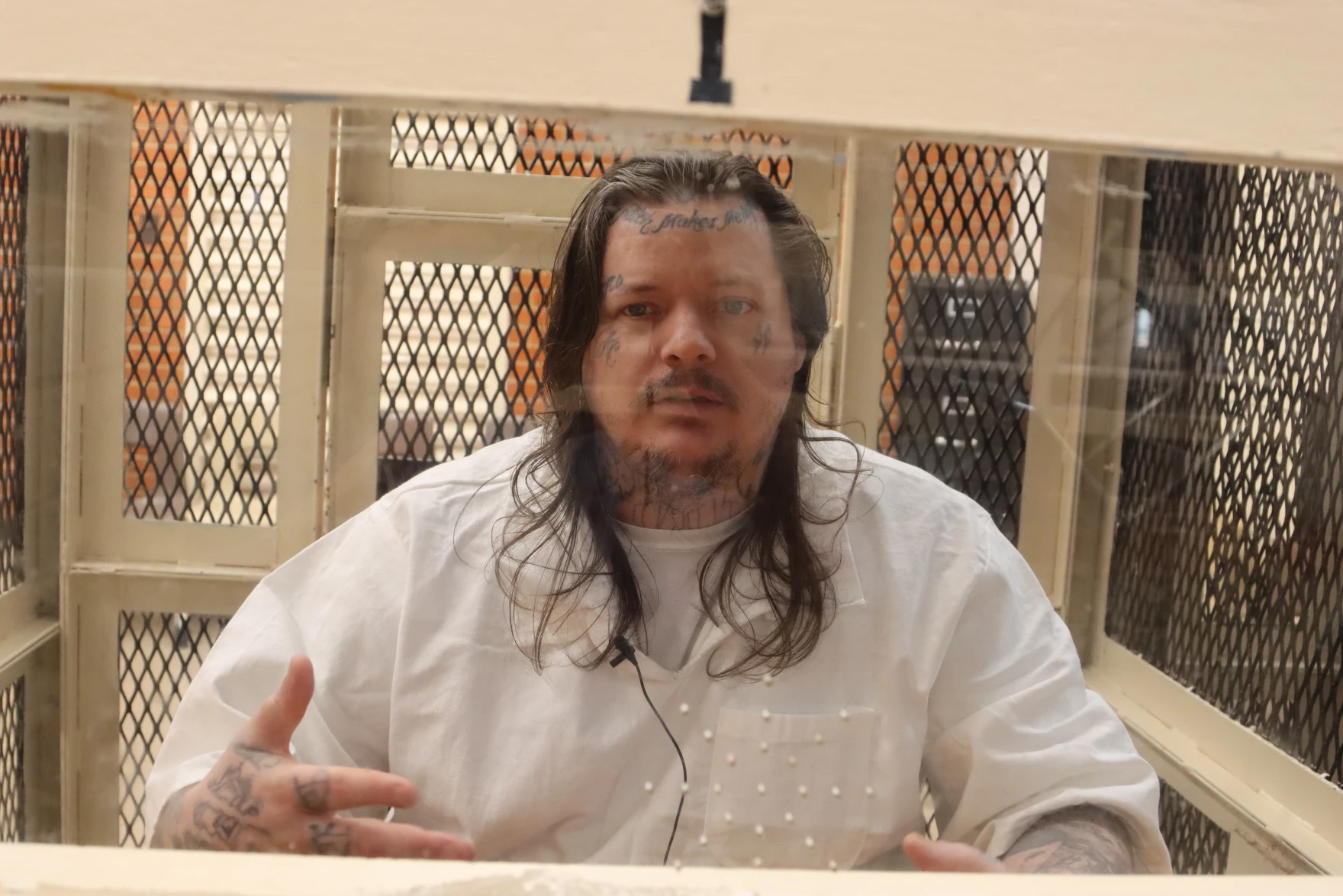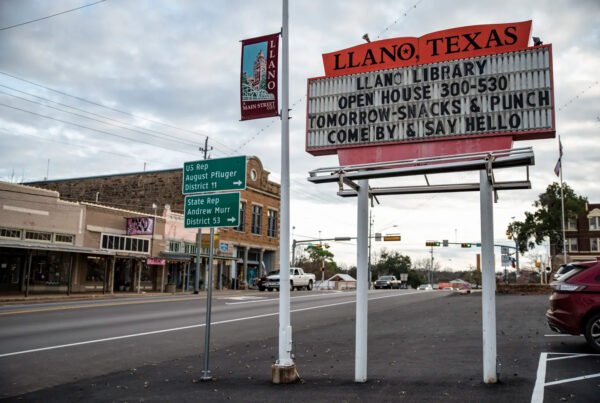From Texas Public Radio:
It took three weeks for Raymond Lopez to start eating again. The first few days were some of the worst he said, but from his descriptions — not eating the food at the Texas Department of Criminal Justice’s Coffield Unit wasn’t that much of a sacrifice.
“It’s like I don’t know what it is,” said Lopez of the food. “I mean, the other day they bought us some spaghetti, and they had some tuna fish on the side of it that I don’t even know what even gave it to my dog.”
Ultimately, dizziness, starvation and blood pressure forced the 67-year-old to eat.
It’s been just over a month since the hunger strike roiled Texas prisons, and some inmates have said they are willing to do it again. Dozens of men went weeks without eating to protest the use of indefinite solitary confinement by the state, which in Texas is called Secure Detention. Reform advocates have said as many as 130 men refused food concurrently, while the state confirmed only 72.
In Texas, thousands of people spend more than 22 hours a day in cells. The men describe cramped rooms which include a bed, a sink and toilet.
The United Nations has called for an end to extended solitary confinement, calling it inhumane. The state has said it has no plan to change the practice because they said it keeps prisoners and guards safe.

















